Everyone will encounter worms at least once in their lives (regardless of age and gender), but many people simply don't realize they are infected and continue to spread the worms to others. In the initial stages of infection, they cause no discomfort, but in cases of mass infection, they can cause poisoning or even death. Therefore, you should understand what worms are, what they look like in the body and how to overcome acquired diseases.
Type of worm
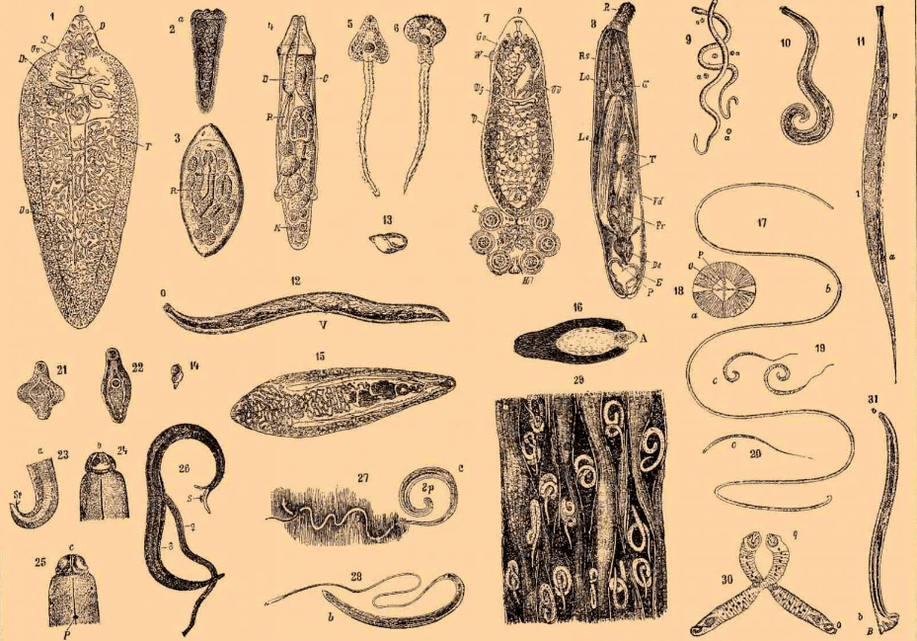
roundworms
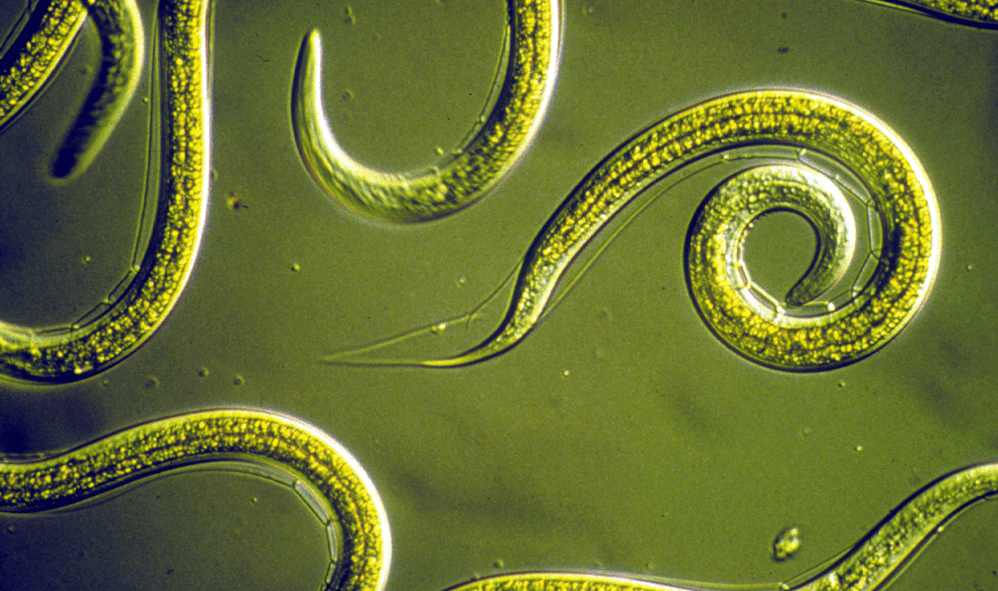
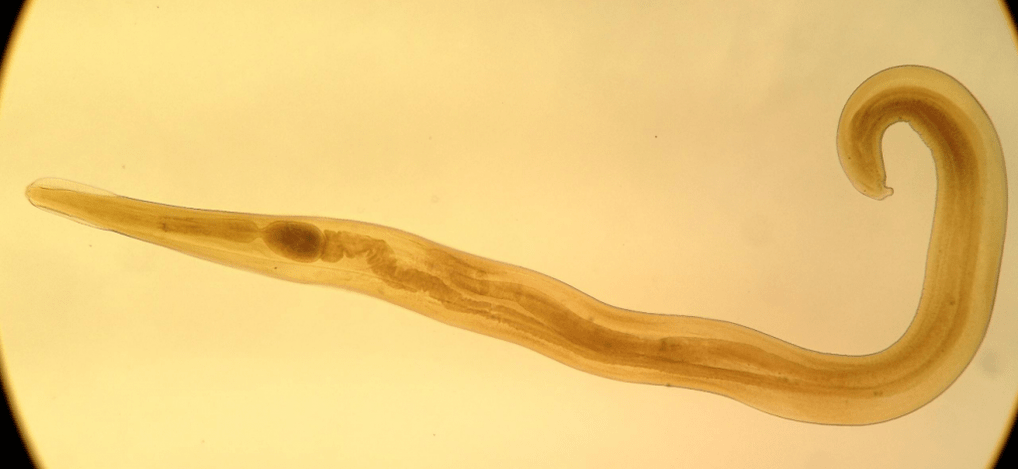
The danger of whipworm infection is that the worms can penetrate mucous membranes and deep layers. Can affect smooth muscle and feed on tissue fluid.
Fluke
.png)
tapeworm
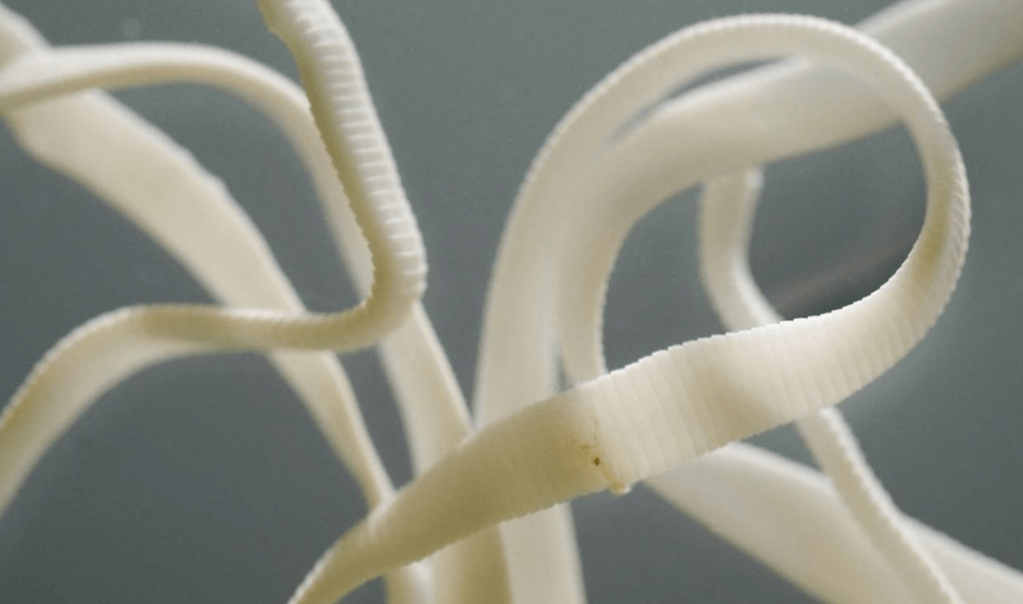
The heads of tapeworms have 2 suckers that allow them to firmly adhere to the intestinal wall, unlike representatives of tapeworms, which have 4 adhesive teeth. Tapeworms can reach 18 meters in length and occupy the entire length of the small intestine.
How do you get infected with these worms?

- From one person to another.
- through the ground.
- When following a raw food diet and consuming poorly processed foods, especially vegetables, fruits, herbs.
signs of infection
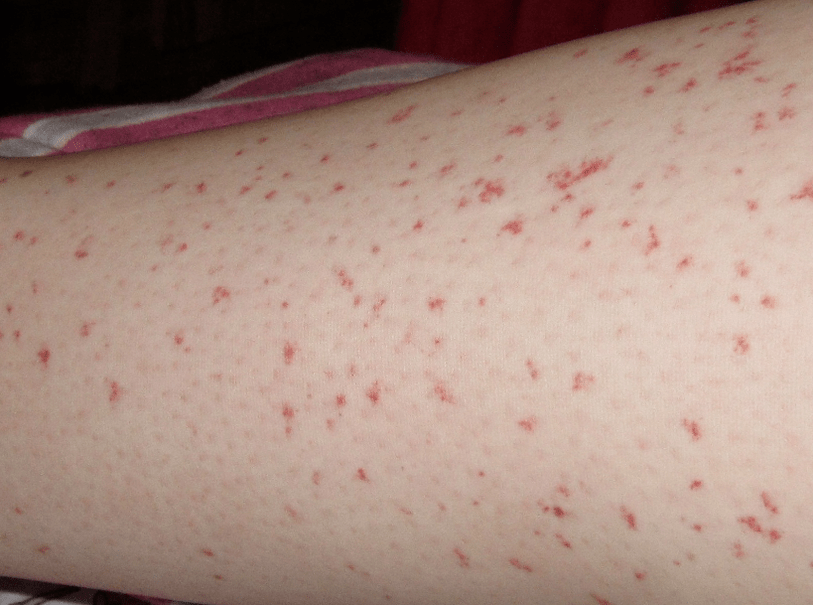
- acute. The duration does not exceed 20 days. In this case, widespread unexplained allergic reactions were observed. This is due to the immune system's response to stimulation. Allergies can cause skin rashes and clinical blood tests show higher than normal levels of eosinophils.
- acquired. This stage of the disease may develop over 2-3 years. In this case, symptoms depend on the organ in which the parasite resides, its number, and the degree of damage to the tissue wall or body system. In severe cases, they can cause inflammation, and fast-growing species can have fatal consequences.
It's important to know what any type of parasite looks like because sometimes dead adult worms can be passed on in the feces, and then based on the description of their appearance, you can expedite diagnosis and quickly choose a treatment.






































